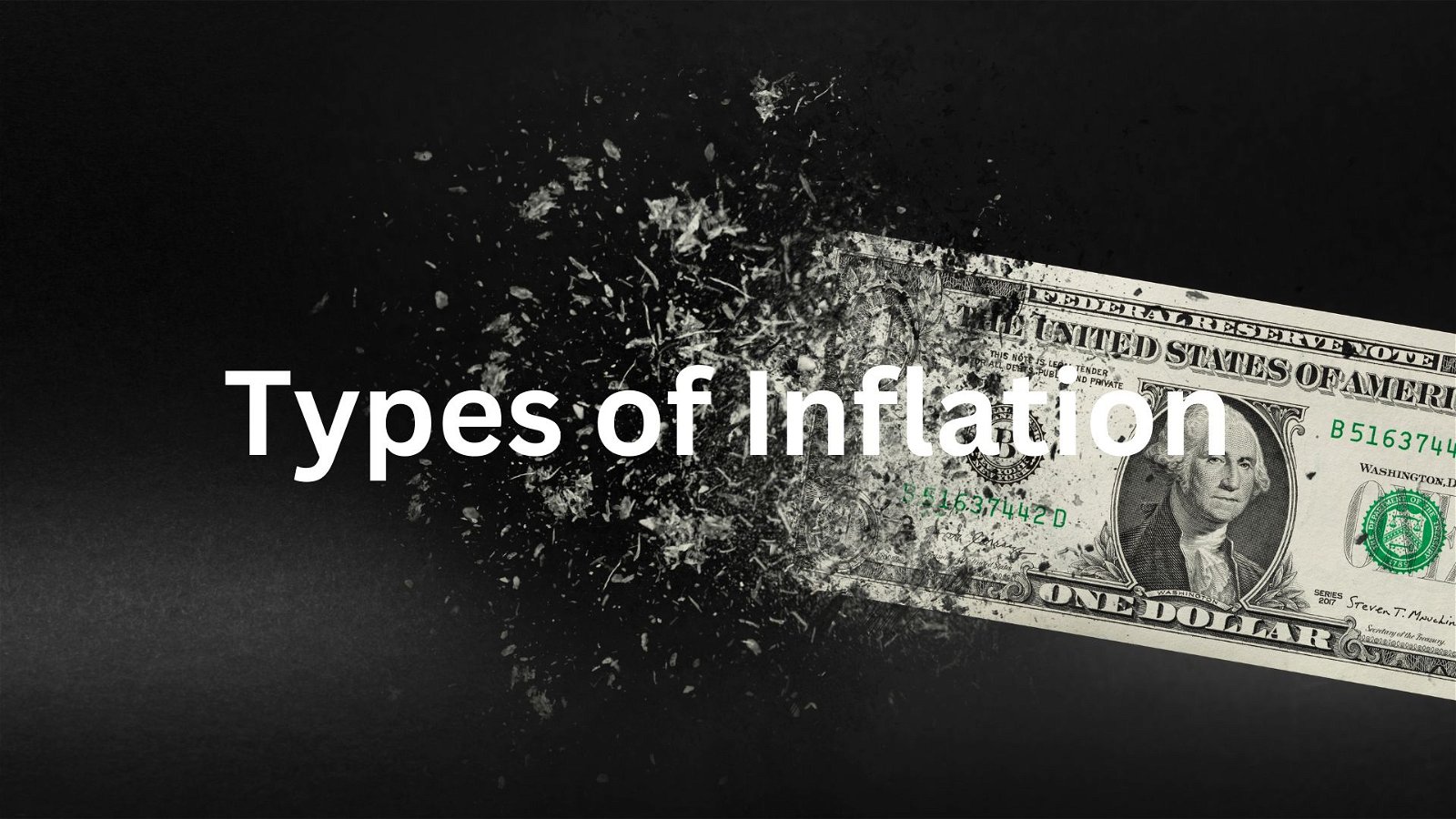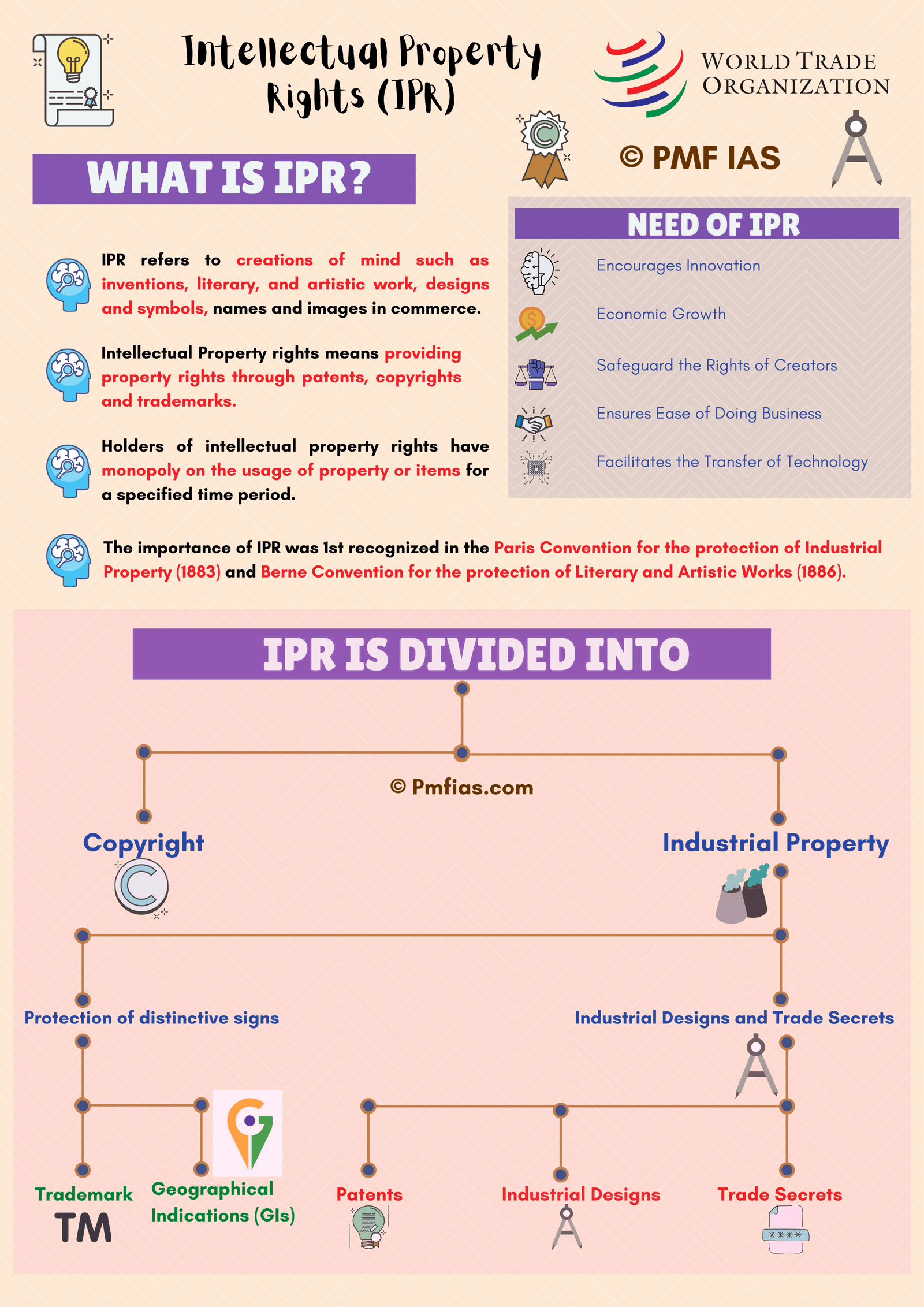- Planck’s law: It states that electromagnetic radiation from heated bodies is not emitted as a continuous flow but is made up of discrete units or quanta of energy.
- Planck’s law is about radiation. All hot objects, from a bowl of hot soup to the Sun, emit radiation in a range of frequencies.
- Black bodies: objects that can emit light but cannot reflect it.
Albert Einstein’s Principle of General Relativity
- Formulated in 1915, it revolutionised our understanding of gravity.
- Instead of viewing gravity as a force between masses, Einstein proposed that massive objects cause a curvature in the fabric of spacetime.
- In other words, massive objects, like planets or stars, bend the space and time around them, creating what we perceive as gravity.
- Einstein’s idea helped explain why Mercury moves a bit strangely in its orbit and why light from stars bends when it passes close to the Sun.
Bose-Einstein Statistics & Bose-Einstein Condensate (BEC)
- Bose–Einstein statistics, proposed by Satyendra Nath Bose and expanded by Albert Einstein.
- It applies to particles known as bosons (e.g., certain types of atoms).
- Unlike classical statistics, it treats these particles as indistinguishable, emphasising their quantum nature.
- Classical statistics (like those of Maxwell-Boltzmann) treat particles (electrons, protons, and neutrons) as distinguishable – each has its own identity and energy state.
- It introduces the idea that identical particles can occupy the same quantum state. This concept is crucial for understanding the behaviour of particles, especially at extremely low temperatures.
Bose-Einstein Condensate (BEC)
- Imagine you have a collection of bosonic particles, like atoms, cooled down to near absolute zero. At such low temperatures, the principles of Bose–Einstein statistics come into play.
- As you cool these particles, they start behaving less like individual entities and more like a single, collective quantum entity. They gather in the same lowest energy state, essentially becoming indistinguishable and behaving collectively.
- The result is Bose–Einstein condensate – a unique state of matter where a large number of particles occupy the same quantum state, behaving as one superfluid entity.
- Bose–Einstein statistics tell us how particles that follow quantum rules (like bosons) behave.
- Bose–Einstein condensate is what happens when a bunch of these particles are cooled to super-low temperatures.
Bosons vs Fermions
- Bosons and fermions are fundamental particles that exhibit distinct characteristics in quantum physics.
- Bosons have integer spins (0, 1, 2, …), and fermions possess half-integer spins (1/2, -1/2, …).
- Bose-Einstein statistics governs bosons. Multiple bosons can occupy the same quantum state simultaneously. i.e. they disobey the Pauli exclusion principle.
- In contrast, fermions, Subject to the exclusion principle, no two identical fermions can occupy the same quantum state simultaneously.
- Bosons include Photon, Gluon, W and Z bosons, and Higgs bosons.
- Fermions include Electrons, protons, and neutrons.
Quantum Mechanics
- It is a branch of physics that explores the tiny building blocks of this world, particles like electrons and photons.
Development
- In 1898, J J Thompson discovered electrons using the properties of cathode rays.
- In 1900, Max Planck sowed the seeds for quantum theory by stating that electromagnetic energy could only be emitted in quantized form. His quanta are now called photons by physicists.
- Energy Packets (Quanta): This means that energy comes in specific, well-defined amounts rather than as a continuous flow. Albert Einstein later embraced this idea.
- In 1905, Einstein proved the photoelectric effect by suggesting that light is made up of packets of energy. With that, he proved that light exists in discrete packets of energy, giving the light a particle behaviour.
Central concepts
Wave-particle duality
- It suggests that particles, such as electrons and photons, can exhibit both wave-like and particle-like behaviours, depending on the circumstances.
- Double-slit experiment by Thomas Young in 1801. This experiment proved the wave nature of light, and this result was opposite to what Einstein proved with the photoelectric effect (particle nature).
Quantum Superposition
- It means particles can exist in multiple states at the same time.
Entanglement
- If two particles become entangled, changing the state of one particle instantaneously affects the other, no matter how far apart they are.
Uncertainty Principle
- Proposed by Werner Heisenberg. It says that you can’t know everything about a particle at the same time. If you precisely know a particle’s position, you’ll have less certainty about its speed, and vice versa.
|







![PMF IAS Environment for UPSC 2022-23 [paperback] PMF IAS [Nov 30, 2021]…](https://pmfias.b-cdn.net/wp-content/uploads/2024/04/pmfiasenvironmentforupsc2022-23paperbackpmfiasnov302021.jpg)












